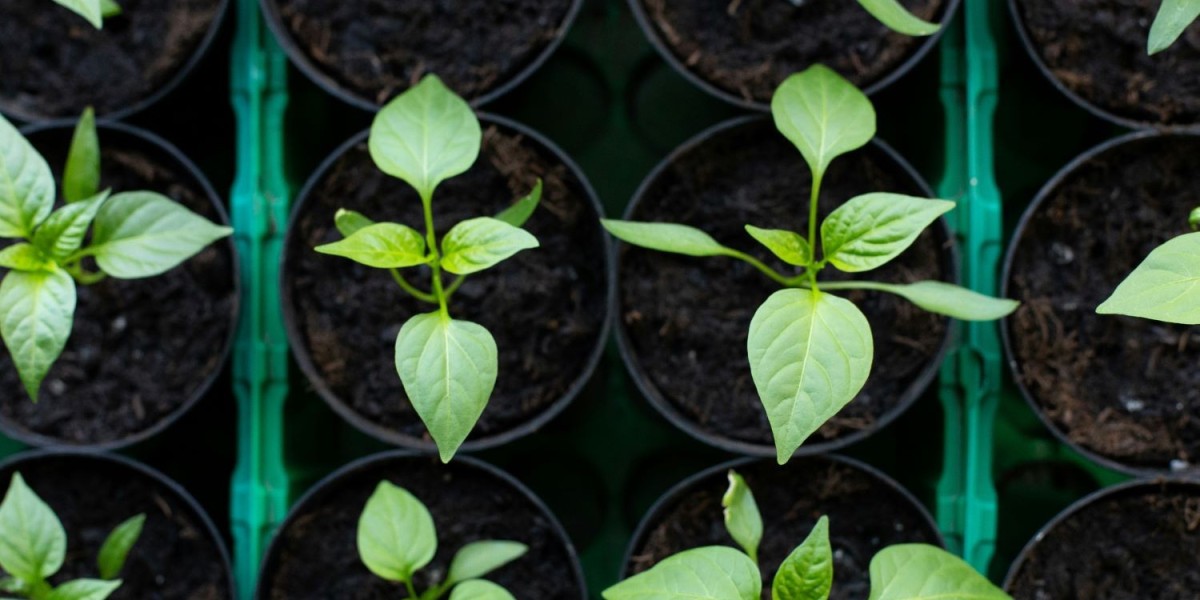This blog will explore how pests develop resistance to bio-miticides, the factors that accelerate this resistance, and the strategies farmers can adopt to prevent it. These insights are crucial for ensuring the long-term viability of bio-miticides in pest management while maintaining a sustainable approach to agriculture.
How Pests Develop Resistance to Bio-Miticides
Resistance to synthetic or biological pesticides occurs when a pest population evolves to survive treatments that once effectively controlled it. The process of resistance development with bio-miticides is somewhat similar to that of synthetic pesticides, but it can be more complex due to the biological nature of these agents.
The Evolutionary Process Behind Resistance
Pests, including mites, naturally vary in their susceptibility to pesticides due to genetic differences within a population. When applied, a bio-miticide may kill a large proportion of the pest population, but some individuals with natural resistance traits may survive. These survivors then reproduce, passing their resistant genes to the next generation. Over time, if the bio-miticide continues to be used without variation, the population can shift, and a more significant portion becomes resistant to the treatment.
Factors Accelerating Resistance to Bio-Miticides
Several factors can speed up the development of resistance to bio-miticides:
- Overuse and Misapplication: Applying the same bio-miticide repeatedly, especially at low doses or incomplete applications, can allow resistant individuals to thrive.
- Limited Modes of Action: Some bio-miticides may only target pests in a specific way, making it easier for them to adapt and develop resistance.
- Lack of Diversity in Pest Management: If bio-miticides are used as the sole method of pest control without integrating other strategies, pests are more likely to evolve resistance.
For farmers and agricultural professionals seeking effective and sustainable pest control solutions, Buy Bio-Miticide remedies designed for integrated pest management (IPM) systems. Using bio-miticides in combination with other pest control methods can help slow down the development of resistance and extend the longevity of these natural products.
Strategies for Preventing Resistance to Bio-Miticides
Preventing resistance to bio-miticides requires a multifaceted approach integrating best pest management practices. By understanding the factors contributing to resistance and implementing diverse strategies, farmers can ensure bio-miticides' long-term success in protecting their crops.
Take a review on : Resistance to bio-insecticides or how to enhance their sustainability
1. Rotating Bio-Miticides with Different Modes of Action
One of the most effective ways to prevent resistance is to rotate between different bio-miticides with varying modes of action. For example, some bio-miticides target mites by interfering with their feeding, while others infect them with pathogenic fungi or bacteria. Using various bio-miticides makes pests less likely to develop resistance because they are exposed to different threats.
Rotating treatments ensure that pests are not consistently exposed to the same biological mechanism, reducing the chance of them developing resistance to any one product.
Bullet Points:
- Use bio-miticides with different biological modes of action.
- Rotate products seasonally or during different pest life stages to disrupt resistance development.
2. Integrating Bio-Miticides into IPM Systems
Integrated Pest Management (IPM) is a comprehensive approach to pest control that combines multiple methods—biological, cultural, mechanical, and chemical—to manage pest populations sustainably. Bio-miticides are vital to IPM systems but should not be used in isolation.
For example, besides applying bio-miticides, farmers can introduce natural predators of mites, such as predatory insects, to reduce pest populations naturally. Mechanical controls, such as crop rotation or pest-excluding barriers, can also complement bio-miticide applications. This diversity of tactics reduces the selection pressure on pests, making it harder for them to develop resistance.
IPM enhances the effectiveness of bio-miticides and promotes overall farm sustainability by reducing chemical inputs and supporting beneficial organisms.
3. Avoiding Under- or Over-Application
Proper application of bio-miticides is crucial for ensuring their effectiveness and preventing resistance. Under-application, where the bio-miticide is applied in insufficient doses, can allow some pests to survive and reproduce, leading to resistance. On the other hand, over-application can exert unnecessary selection pressure on the pest population, accelerating the development of resistance.
Farmers should carefully follow each bio-miticide product's recommended dosages and application intervals. This ensures that the bio-miticide is applied effectively without causing unintended consequences contributing to resistance.
"True sustainability in pest management isn’t just about finding the right product—it’s about applying it in harmony with nature’s systems, creating balance and resilience."
4. Monitoring and Early Detection of Resistance
Regular monitoring of pest populations is essential for detecting early signs of resistance. By closely observing mite populations and their responses to bio-miticide treatments, farmers can detect shifts in susceptibility before resistance becomes widespread.
Farmers should conduct field tests to evaluate the effectiveness of bio-miticides. If a decline in efficacy is noticed, it may indicate that resistance is beginning to develop. In such cases, rotating to a different bio-miticide or integrating additional control methods may help mitigate the problem before it escalates.
Monitoring can also involve testing for genetic markers of resistance, particularly in commercial agriculture settings. This scientific approach helps identify resistant individuals within the population, allowing for a more targeted response.
5. Using Synergistic Combinations
Another strategy to prevent resistance is to combine bio-miticides with other compatible pest control agents in a synergistic manner. Synergistic combinations involve using two or more control methods that enhance each other's effectiveness. For example, bio-miticides can be used in combination with plant-derived oils or insecticidal soaps that target mites in different ways.
By attacking mites through multiple pathways, these combinations make it harder for the pests to adapt and survive. This approach can extend the longevity of bio-miticide products and maintain their effectiveness over time.
Case Study: Successful Resistance Management with Bio-Miticides
Consider Ralegan Siddhi (Ahmednagar)in Maharashtra, who experienced growing resistance to chemical pesticides for mite control. After transitioning to a bio-miticide-based IPM system, the vineyard implemented a strategy of rotating fungal bio-miticides with plant-based solutions, such as neem oil, and introduced predatory mites to control pest populations.
The results were clear: within two growing seasons, mite resistance declined, and the bio-miticides regained their effectiveness. The vineyard also noticed improved crop yields, healthier vines, and a significant reduction in chemical inputs.
This case demonstrates how integrating bio-miticides into a well-planned pest management strategy can reverse resistance and enhance farm sustainability.
Bullet Points on Key Strategies:
- Rotate bio-miticides with different modes of action to prevent resistance.
- Incorporate bio-miticides into an IPM system that includes biological, mechanical, and cultural controls.
- Monitor pest populations regularly to detect early signs of resistance.
The Future of Resistance Management in Bio-Miticides
As the agricultural sector continues to shift towards more sustainable practices, the use of bio-miticides will play an increasingly important role in pest management. However, to preserve the effectiveness of these natural products, farmers must remain vigilant and proactive in preventing resistance.
Ongoing research into new bio-miticide formulations and modes of action will help diversify the tools available to farmers. Additionally, advancements in genetic monitoring technologies will provide more precise methods for detecting resistance, allowing for earlier and more targeted interventions.
As we move forward, the key to sustainable pest management lies not only in using natural products but also in using them wisely. By adopting strategies that prevent resistance, farmers can ensure that bio-miticides remain a viable solution for protecting crops and preserving the environment.
Pest resistance to bio-miticides is a challenge that can be effectively managed with the right strategies. By rotating bio-miticides, incorporating them into IPM systems, and monitoring pest populations, farmers can maintain the long-term efficacy of these natural products. Embracing these sustainable practices ensures that bio-miticides will continue to provide effective pest control solutions for years to come.


![Trailer Repair Service Market Size, Share, Growth, Trends Report [2032]](https://insta.tel/upload/photos/2024/11/XwFgyJoSQl9r5FV7UzcZ_27_2cca10afbfa81f93a3bc5106260b1f56_image.gif)